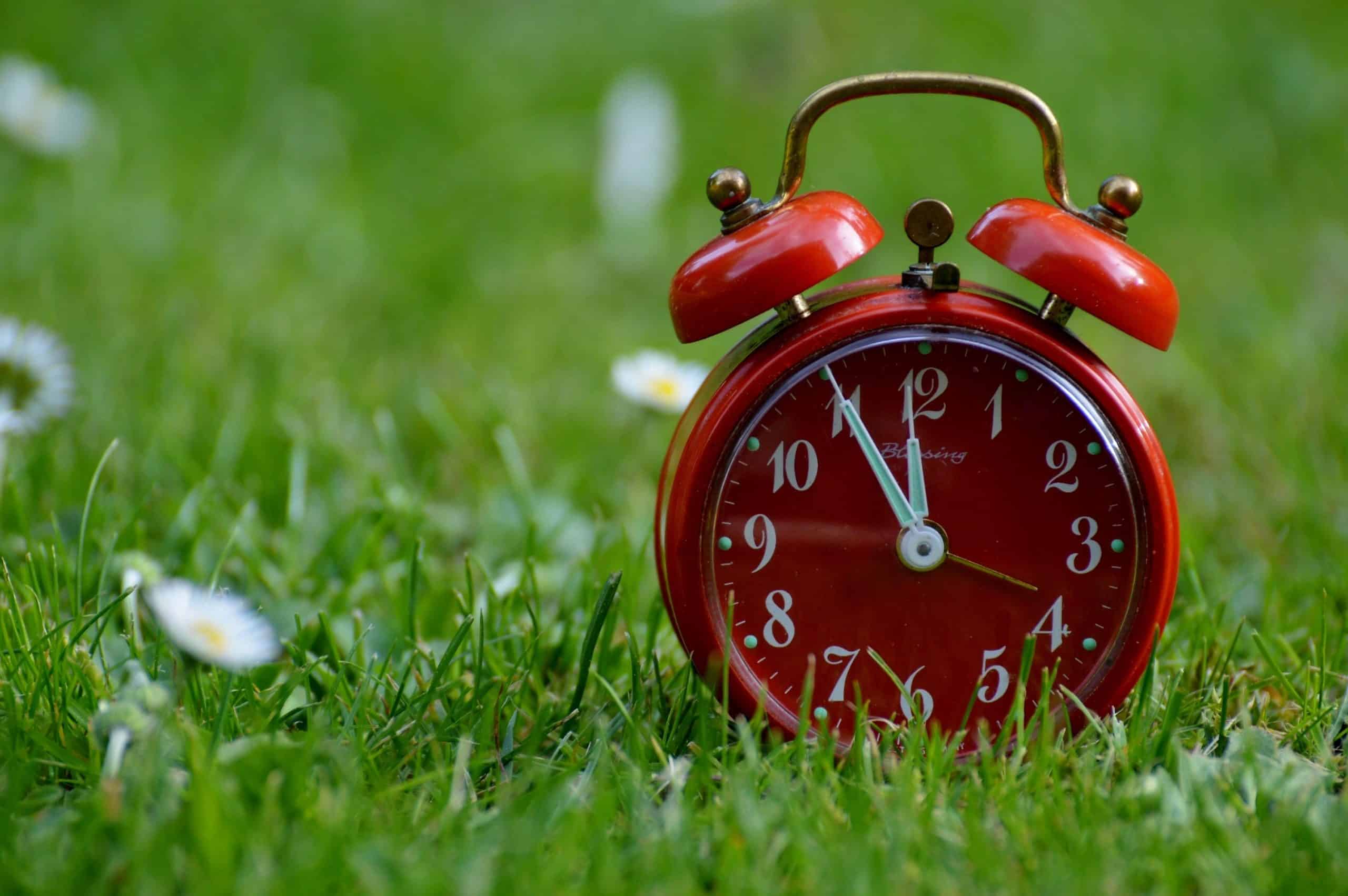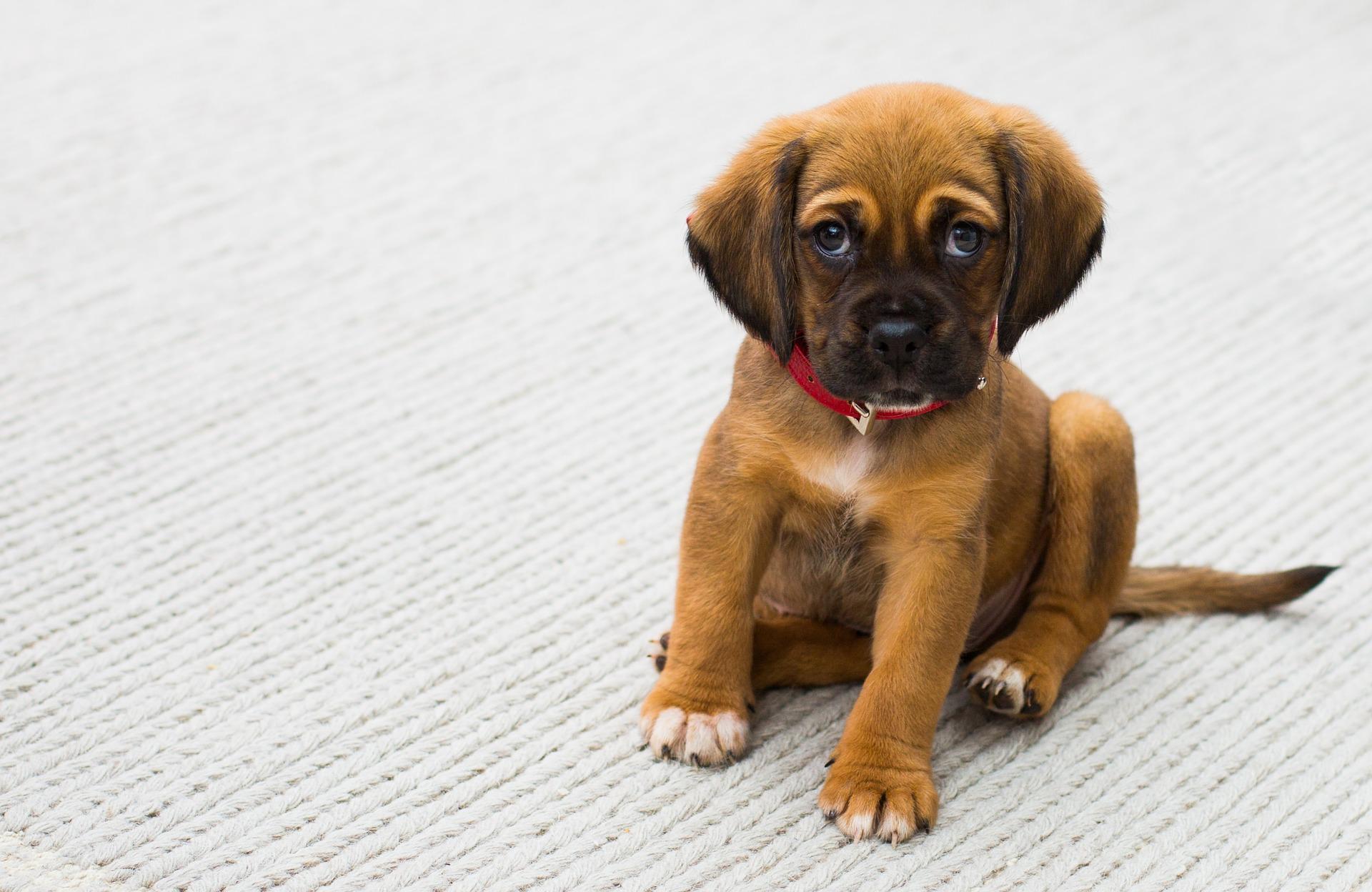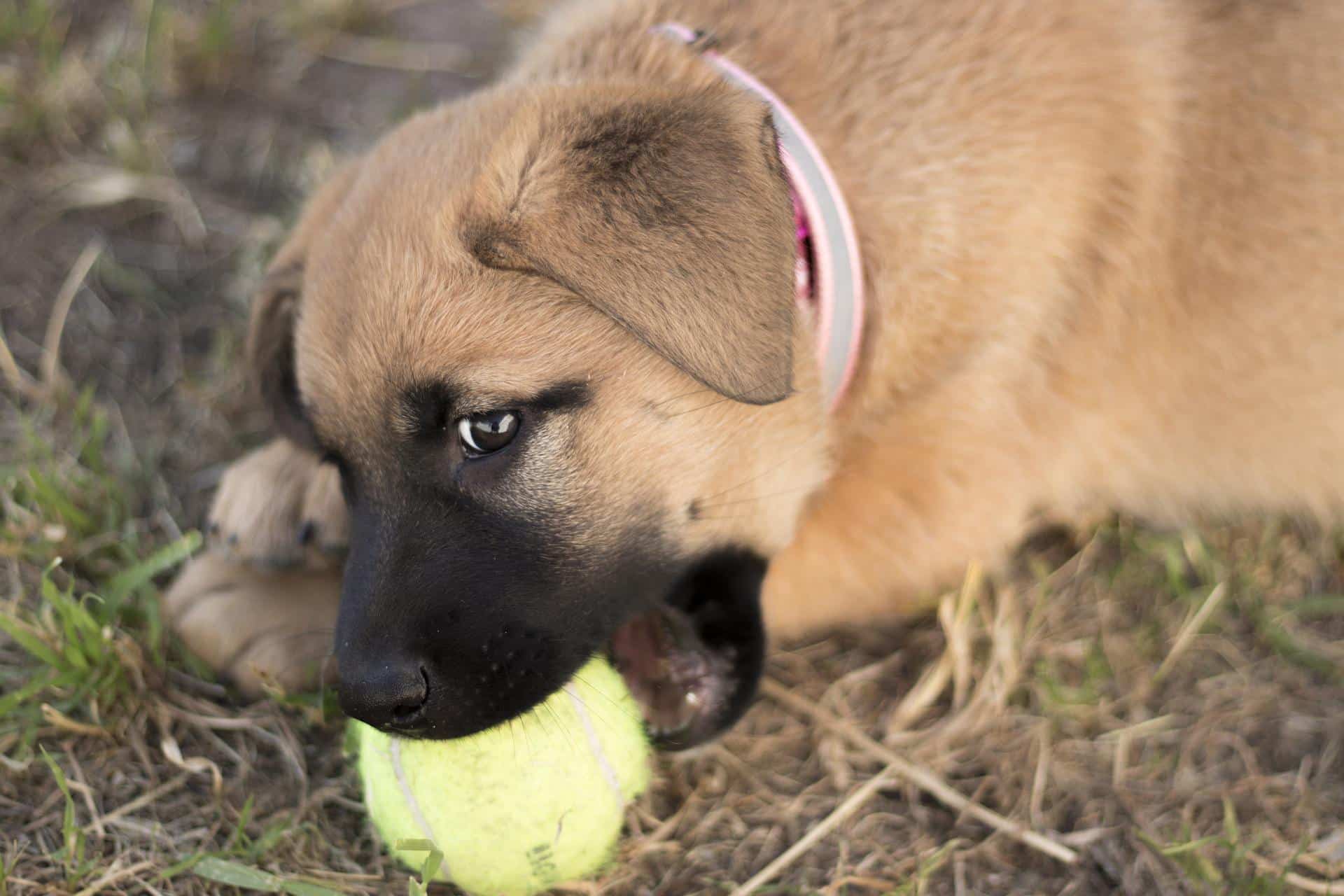They’re cute, but destructive.
Knowing when to start training a puppy will make things a lot easier.
Getting a puppy is always an exciting time, and the last thing puppy parents want to do is start thinking about training right away. However, ask any trainer, breeder, or vet, and they’ll tell you that training a puppy from day one is the way to go.
From house training to leash walking and cute tricks to taking a bath, training a puppy is no easy feat. Even if you plan on taking your puppy to training classes, there are some things you can work on at home before ever visiting the dog trainer.
Read on for some tips on when to start training a puppy.
When To Start Training a Puppy
Sure, they’re cute and cuddly, but puppies can quickly become terrors if they are not trained properly. Dogs are pack animals, and all pack animals have a leader. You need to establish that you are the leader from day one. Otherwise, you’ll have a puppy who runs (and jumps) all over you.
You will need to start immediately when you get home. It can be as simple as making sure that your puppy is on a leash and you enter through the door first. That shows the puppy that you’re first and s/he is second in the pack.
Don’t worry, it’s not all work. You can still have fun with your puppy, but establishing the ground rules and showing them you’re the pack leader is essential to their wellbeing and yours.
Why Start Early?
Just like human babies, puppies are sponges. Have you ever heard the saying “you can’t teach an old dog new tricks”? While that’s not necessarily true, that notion comes from the fact that younger dogs are quicker to learn. They are also very motivated by food, treats, and toys because they are so hungry and eager to please.
It’s best to start early so that, from day one, they are productive dogs in society. Nobody wants a huge dog jumping on them at the farmers’ market or a small dog yapping at them from afar.
Socialization skills are also crucial to your puppy’s development. Taking them outside around other people so that they experience all ages, colors, smells, and sounds will help them grow up to be much more confident dogs.
You can socialize your puppy with other trusted dog owners, at farmers’ markets, on walks around the lake, at nearby dog parks (Lake Mary/Heathrow has plenty of options!), and on any other outing that allows dogs. Make sure you speak to your vet about areas that are safe for puppies that don’t have their entire vaccine series.
Don’t lose hope if you didn’t start early or you’ve got an older dog. Dogs are inherently smart, eager to learn, and want to please their pack leader. With the right attitude, love, and attention, your older dog will be trained in no time.
Basic Commands to Teach Your Puppy
Basic commands may seem like a magic show when your puppy is showing off their new tricks, but it goes much deeper than that.
Teaching your dog basic commands helps in bonding with your dog, teaches them to wait patiently, and they learn to listen when their pack leader (you) gives directions. In fact, basic commands are so important that they can actually save your dog’s life someday.
These commands include:
- Sit
- Stay
- Come
- Lie down
- Sit and stay
- Drop it
Obedience Training
Obedience training is a little different than basic commands but just as (if not more) important. These are less tricks and more training your dog to be an upstanding member of society. They are important for the safety of yourself, your dog, others, and your home.
House Training
House training is one of the most important parts of training your puppy. Trust us, you will be a much happier dog owner if your puppy is doing his/her business outside where they belong. There are several ways to accomplish house training.
First, keep in mind that puppies need to go to the bathroom often. A good rule of thumb for knowing when they need to go outside again is one hour for the puppy’s age in months. For example, if your puppy is 2 months old, s/he can hold their urine for 2 hours.
Be sure to watch for potty cues like circling or sniffing (even if it isn’t “time” for them to go yet) and take them outside immediately. It’s also a good idea to take them out right after a nap, first thing in the morning, and directly after eating or drinking.
When you do take them outside, take them to the same spot each time and make sure to reward them for peeing or pooping each time.
Leash Walking
One would think that leash walking comes naturally to dogs, but alas, it doesn’t. Training them to be on a leash and walk properly is important; you need to be able to trust your dog on a walk and around others. If your dog suddenly bounds down the street because they saw a squirrel, not only will you have skinned knees, but your dog could get hurt too!
Leash training also coincides with the pack mentality. You always need to be ahead of your dog or, at the very least, side by side. You are the pack leader, and they are the follower. Your dog should not lead you.
Biting
Puppies chew. That’s common knowledge. However, you don’t want them chewing on your favorite pair of sneakers or, worse yet, your hands.
It’s important to remember that biting is not meant to be mean, and your puppy is not being aggressive. It’s a way that they explore their world (like toddlers!), and with the proper corrections and distractions, they will stop.
Make sure that you have several chew toys readily available, so they don’t look for the next best thing lying on the floor. If they get a hold of something, don’t make it a chase game. Very sternly tell them to “drop it” and attempt to take it.
Offer them a toy that is theirs and offer a treat when they drop the item they aren’t supposed to have. S/he will get the idea that toys are good and that dad’s shoes are bad.
As for your hands, a good rule of thumb is to yelp like another dog would to let your puppy know that they are hurting you. Even if it doesn’t hurt, it teaches your puppy that their mouths don’t go on hands.
Best Way to Train Dogs
Positive reinforcement during training sessions is very important. Praise, cuddles, snuggles, and of course, treats are the best motivation for dogs. Even older dogs can’t resist all that love and attention.
It’s also important to remember that all dogs are different. What motivates one dog may not motivate the next. Though one thing is for certain, almost all dogs are motivated by delicious treats!
Because training can take a while, it’s important that treats be nutritious, wholesome, and without added ingredients that may mess up your dog’s gut. That’s why at Rick’s Dog Deli, we stock treats with amazing ingredients that only add to your dog’s health, not take away from it. Of course, everything in moderation is still key, but you won’t have to worry about using our treats as a reward.
Taking Care of Your Puppy
You don’t have to take the fun out of having a puppy. They’re cute little furballs that crave attention. However, showing them who’s boss early is the best way to help your puppy grow into an upstanding dog citizen.
At Rick’s Dog Deli, we care about you and your dog. We want them to be healthy, happy, and well-trained so that when we see you out with your dog, we can freely give them cuddles and treats.
If you are looking for wholesome treats or wholesome dog food, look no further than Rick’s Dog Deli. If you find that your puppy is motivated by one ingredient over another and we don’t have it, we are happy to consult with you about a formula that would work for your dog.
Give us a call today for any tips on training or to discuss our wholesome ingredients.



